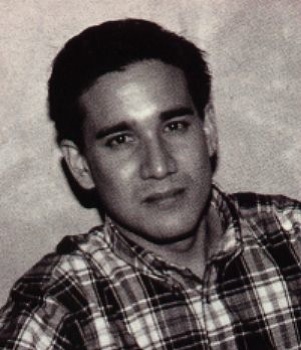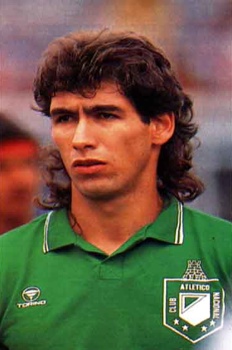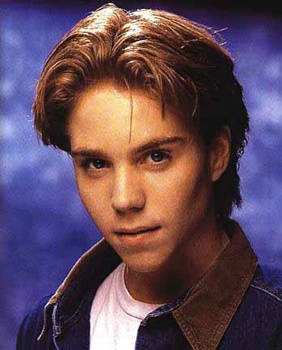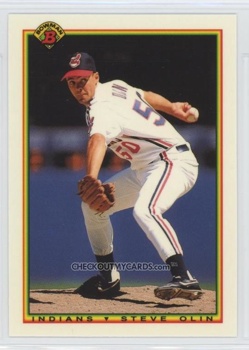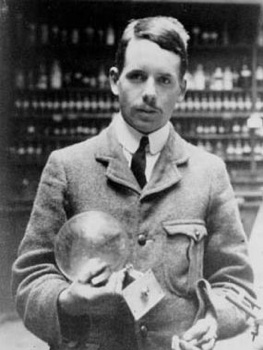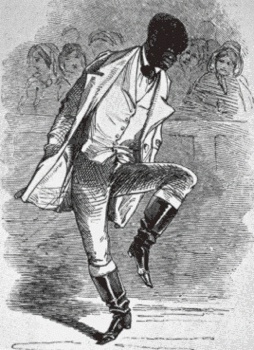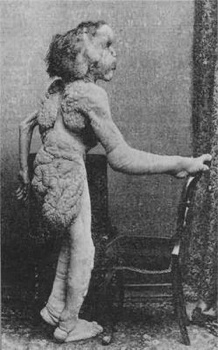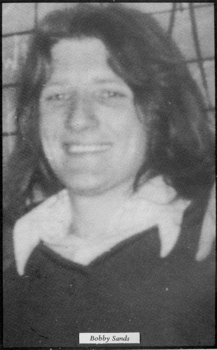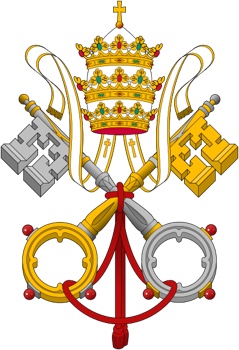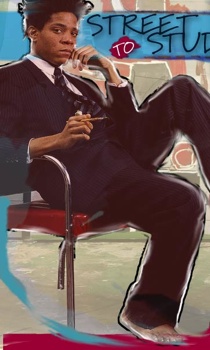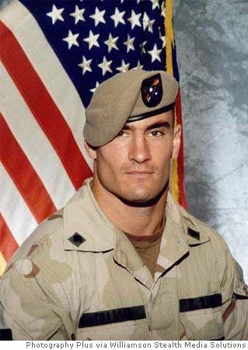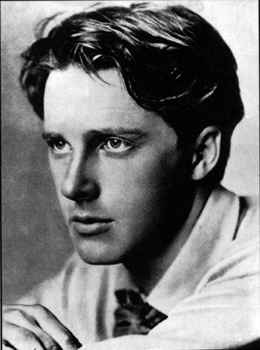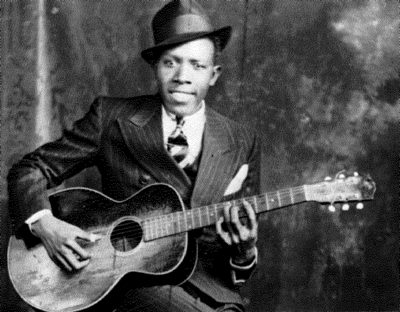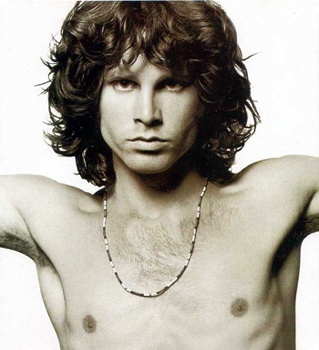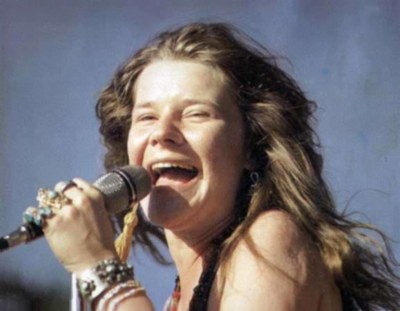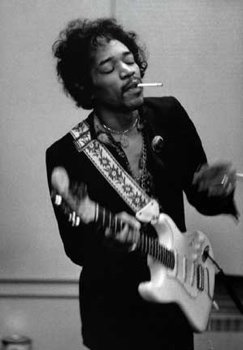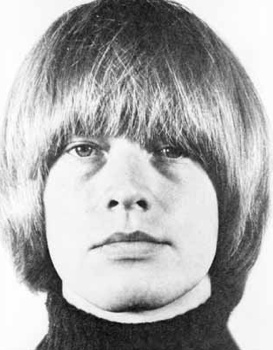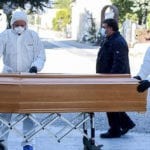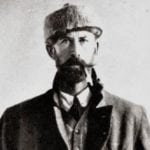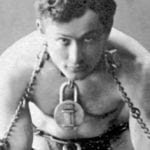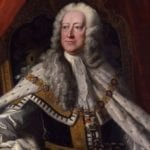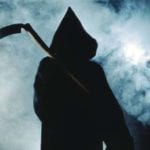Andrew Phillip Cunanan (31 August 1969 – 23 July 1997). American spree killer. Committed suicide by gunshot in a Miami houseboat. His killing spree lasted three months and spanned the country, causing the FBI to place him on their “most wanted” list. His last victim was Gianni Versace. Cunanan committed suicide eight days later, as the police were closing in.
Andrés Escobar Saldarriaga (13 March 1967 – 2 July 1994). Colombian soccer player. Shot outside a bar in a suburb of Medellín, Colombia, possibly in retaliation for scoring an own goal in a world cup match, which resulted in Colombia’s elimination from the tournament and caused heavy gambling losses for underworld figures. Humberto Muñoz Castro, a bodyguard, was convicted of Escobar’s murder and sentenced to 43 years in prison, but was released after serving approximately 11 years.
Jonathan Gregory Brandis (13 April 1976 – 12 November 2003). American actor, director and screenwriter. Committed suicide by hanging in his Los Angeles apartment. Following appearances in The NeverEnding Story II and seaQuest DSV, Brandis’s career had stalled. He did not leave a suicide note, but friends were quoted as saying he was lonely and depressed about his career. One friend admitted that Brandis drank heavily, and had even mentioned that he might kill himself.
Steven Robert Olin (4 October 1965 – 22 March 1993). American baseball player. Killed in a boating accident on Little Lake Nellie, Clermont, Florida, during spring training. The boat he was in struck a pier, killing him and another player and seriously injuring a third.
Henry Gwyn Jeffreys Moseley (23 November 1887 – 10 August 1915). English physicist. Killed in action at Gallipoli, Turkey. Moseley worked with Ernest Rutherford at Manchester University, and his research provided confirmation of the previously theoretical concepts of atomic number and the periodic table of the elements. At the outbreak of World War I he enlisted in the Royal Engineers. He fought at Gallipoli, where he was killed by a sniper in 1915. It is speculated that because of Moseley’s death, the British and other world governments began a policy of no longer allowing their scientists to enlist for combat.
William Henry Lane “Master Juba” (c 1825 – c 1852/1853) American dancer and entertainer Master Juba was one of the first black performers in the United States to play onstage for white audiences and the only one of the era to tour with a white minstrel group. He may have been seen and written about in 1842 by Charles Dickens, during his tour of the US. After a sensational tour of Britain in 1848 (albeit with “an element of exploitation”) he returned to the US, where the critics were less kind. He faded from the limelight and died in 1852 or 1853, likely from overwork and malnutrition. Because of the scarcity of records, he may have been older or younger, or the lives of two or more similar people may have been conflated.
Joseph Carey Merrick (5 August 1862 – 11 April 1890). English sideshow performer and celebrity. Probably died from the accidental dislocation of his neck while sleeping. The cause of his deformities is still unknown. Elephantiasis, neurofibromatosis type I and Proteus syndrome have all been suggested. In an autobiographical note, Merrick mentioned that his deformity began developing at the age of three with small bumps appearing on the left side of his body. Because of his condition, Merrick was unemployable (in the regular sense) for most of his life. In 1884, he took a job as a sideshow performer, where he was treated decently and earned a considerable sum of money. Later, he came into the care of the physician Frederick Treves, who arranged for him to be housed at the London Hospital. Merrick became something of a celebrity in Victorian high society. Alexandra, then Princess of Wales and later Queen Consort, demonstrated a kindly interest. He eventually became a favourite of Queen Victoria. He was unable to sleep lying down due to the weight of his head, but may have tried to do so in an attempt to imitate normal behaviour, leading to his death. He was portrayed on stage by David Bowie and on film by John Hurt.
Ghazi bin Faisal (21 March 1912 – 4 April 1939). King of Iraq 1933 – 1939. Ghazi was born in Mecca (now Saudi Arabia) to King Faisal of Iraq. He became king on his father’s death in 1933. He opposed British interests in his country, was rumored to harbor sympathies for Nazi Germany and put forth a claim for Kuwait to be annexed to Iraq. His reign was characterised by tensions between civilians and the army, which sought control of the government. He died in 1939 in a mysterious accident involving a sports car he was driving. Some believe he was killed on the orders of Nuri as-Said, the Iraqi prime minister, who was firmly pro-British.
Robert Gerard Sands (9 March 1954 – 5 May 1981). Irish Republican Army volunteer, prison hunger striker and member of the UK parliament. Died of self-imposed starvation in HM Prison Maze, also known as Long Kesh. After conviction for firearms possession, Sands became the leader of a hunger strike, part of a campaign by Irish republican prisoners to regain status as political prisoners and to be treated accordingly (ie not as criminal prisoners). Sands began to refuse food on 1 March 1981. Soon after, a Northern Irish member of the UK parliament died and a by-election was called. Sands was nominated as an “Anti H-Block/Armagh Political Prisoner” candidate and other nationalist parties withdrew from the contest so as not to split the nationalist vote. He narrowly won the election, but never took his seat in parliament. Three weeks later, he died in the prison hospital after 66 days of his hunger strike. Nine other nationalist prisoners involved in the hunger strike also died.
Andrea Absolonová (aka Lea De Mae and other pseudonyms) (26 December 1976 – 9 December 2004). Czech athlete, model and pornographic actress. Died from glioblastoma, an aggressive form of brain cancer. Absolonová was a member of the Czech diving team and injured her spine in an accident while training for the 1996 Olympics. She partially recovered and qualified for the 2000 Olympics, but persistent problems forced her to retire. She was later persuaded by a photographer to pose nude and eventually to participate in the adult film industry. She appeared in over 80 adult films. She was diagnosed with glioblastoma in July 2004. During her battle for life, fans from around the world and fellow porn actors supported a medical fund that had been set up for her in Prague, but she died 17 days short of her 28th birthday.
John XII (Octavius) (c 937 – 14 May 964). Patrician of Rome (954-964) and Pope (955-964). Cause of death unknown. Descended from Charlemagne, Octavius became Patrician (de facto civic ruler) of Rome at the age of 17, when his father died, and Pope the following year in a highly dubious election. He took the name Pope John XII and was possibly one of the worst popes ever. (link https://listverse.com/religion/top-10-most-wicked-popes/) He was a coarse, immoral man. The Lateran palace (then the papal residence) was spoken of as a brothel, and the moral corruption in Rome became the subject of general disgrace. He also faced military battles and political intrigue. He was deposed by a council summoned by the king of the Germans and a new pope was elected. John’s followers revolted against the new pope, but the king moved to support him. Before he reached Rome, though, John was dead. His death may have had nothing to do with all this – it was rumoured that he was murdered by a jealous husband who had discovered that his wife had been receiving the John’s sexual affections. (He would probably appreciate being placed next to a porn actress!)
Jean-Michel Basquiat (22 December 1960 – 12 August 1988). American artist. Died of mixed-drug toxicity (he had been combining cocaine and heroin, known as “speedballing”) in his Manhattan loft/studio. In 1982, Basquiat became friends with pop artist Andy Warhol and the two made a number of collaborative works. They also painted together, influencing each others’ work. By 1984, many of Basquiat’s friends were concerned about his excessive drug use and increasingly erratic behavior, including signs of paranoia. Warhol died in 1987 and Basquiat the following year. (In the 1996 film Basquiat, Warhol was played by David Bowie (see no 15).)
Patrick Daniel Tillman (6 November 1976 – 22 April 2004). American football player and soldier. Killed by “friendly fire” in Afghanistan. In May 2002 Tillman turned down a contract offer of $3.6 million over three years from his team and enlisted in the US Army. He served in Iraq and Afghanistan, despite holding views critical of the Iraq war. On 22 April 2004 he was killed, along with an Afghan militiaman, in a “friendly fire” incident while on patrol. The specific details of his death and its aftermath are currently being investigated by the US Congress. The Army initially claimed that Tillman and his unit were attacked in an apparent ambush. After a lengthy investigation, the US Department of Defense concluded that the deaths were due to friendly fire aggravated by the intensity of the firefight. A more thorough investigation concluded that no hostile forces were involved in the firefight and that two allied groups fired on each other in confusion after a nearby explosive device was detonated. Claims, counter-claims, accusations (including that he was deliberately targeted (ie murdered)) and investigations continue.
Rupert Chawner Brooke (3 August 1887 – 23 April 1915). English poet, known for his idealistic war sonnets written during the First World War. Died of sepsis from an infected mosquito bite on a British navy ship off Lemnos in the Aegean Sea, en route to Gallipoli, Turkey. As the expeditionary force had orders to depart immediately, he was buried the same night on Skyros. His most famous line of poetry, perhaps fittingly, is: “If I should die, think only this of me: / That there’s some corner of a foreign field / That is for ever England.” (Australian and New Zealand readers will understand the significance of the date and his destination.)
Robert Leroy Johnson (8 May 1911 – 16 August 1938). American singer and guitarist. Drank whiskey laced with strychnine at a country crossroads near Greenwood, Mississippi. The details are unknown, and there are a number of accounts and theories. Researcher Mack McCormick claims to have interviewed Johnson’s alleged poisoner in the 1970s, and obtained an implicit admission of guilt. When Johnson was offered an open bottle of whiskey, his friend and fellow blues legend Sonny Boy Williamson knocked it out of his hand, and told him that he should never drink from an open bottle. Johnson allegedly said, “Don’t ever knock a bottle out of my hand”. Soon after, he was offered another open bottle and accepted it. That bottle was laced with strychnine. Johnson is reported to have started to feel ill throughout the evening and had to be helped back to his room in the early morning hours. Over the next three days, his condition steadily worsened and witnesses reported that he died in a convulsive state of severe pain—symptoms which are consistent with strychnine poisoning. Strychnine was readily available at the time as it was a common pesticide and, although it is very bitter-tasting and extremely toxic, a small quantity dissolved in a harsh-tasting solution such as whiskey could possibly have gone unnoticed but still produced the symptoms and eventual death that Johnson experienced.
Kurt Donald Cobain (20 February 1967 – c 5 April 1994). American singer, guitarist, and songwriter. Committed suicide by gunshot in his home in Seattle. After “Smells Like Teen Spirit”, Cobain was referred to as the “spokesman of a generation”. He was uncomfortable with the attention. In the last years of his life, he struggled with drug addiction and media pressures. Following a meeting with friends and record company executives, arranged by his wife Courtney Love, Cobain had agreed to undergo a detox program, but left the facility the day after arriving. On 8 April, Cobain’s body was discovered at his Lake Washington home by an electrician who had arrived to install a security system. Apart from a minor amount of blood coming out of Cobain’s ear, the electrician reported seeing no visible signs of trauma, and initially believed that Cobain was asleep until he saw the shotgun pointing at his chin. A suicide note was found that said, “I haven’t felt the excitement of listening to as well as creating music, along with really writing … for too many years now”. A high concentration of heroin and traces of Valium were also found in his body. Cobain’s body had been lying there for days; the coroner’s report estimated Cobain to have died on 5 April.
James Douglas Morrison (8 December 1943 – 3 July 1971). American singer, poet, songwriter, writer and film director. Died in the bathtub of his Paris apartment. Under French law, no autopsy was performed because the medical examiner claimed to have found no evidence of foul play. The cause of death was officially listed as “heart failure”, but heroin use was probably involved, possibly inhaled because he thought it was cocaine. His girlfriend, Pamela Courson, gave numerous contradictory versions of his death. Courson died of a heroin overdose three years later, at the age of – you guessed it – 27.
Janis Lyn Joplin (19 January 1943 – 4 October 1970). American singer, songwriter, and music arranger. Died in a Los Angeles motel room of a heroin overdose, possibly combined with the effects of alcohol. She had recently become engaged, and was involved in recording her band’s album Pearl. The song “Mercedes Benz” on the album was the last thing she recorded. (The producer of the album was Paul A Rothchild, who had previously worked with The Doors (no 4) and who would later produce the soundtracks for The Rose (loosely based on Joplin’s life) and The Doors.)
Jimi Hendrix (Johnny Allen Hendrix then James Marshall Hendrix) (27 November 1942 – 18 September 1970). American guitarist, singer, songwriter and record producer. Died in a London hotel room under circumstances which have never been fully explained. According to the doctor who initially attended to him, Hendrix asphyxiated (literally drowned) in his own vomit, mainly red wine. His girlfriend, Monika Dannemann, claimed that he had taken her prescribed sleeping pills, but her comments about that morning were often contradictory, and there have been suggestions of blame cast on her. In 1996, in the face of legal action, Dannemann committed suicide.
Lewis Brian Hopkin Jones (28 February 1942 – 3 July 1969). English guitarist. Drowned in the swimming pool of his home in Hartfield, Sussex, England. After a second arrest for marijuana possession, sporadic contributions to the Rolling Stones (which he co-formed), substance abuse and mood swings, Jones was informed by the other members of the band that a new guitarist would be added to the lineup, and that a tour of the US would go ahead without him. The last known photographs show him looking bloated, with deep-set eyes, but other witnesses state that he was “happier than he had ever been” and “excited about his own plans”. The circumstances of his death are unknown. The coroner’s report stated “Death by misadventure”, and noted his liver and heart were heavily enlarged by drug and alcohol abuse. There have been theories of suicide and murder. Jimi Hendrix (no 2) dedicated a song to him on US television, and Jim Morrison (no 4) wrote a poem entitled Ode To LA While Thinking Of Brian Jones, Deceased. This article is licensed under the GFDL because it contains quotations from Wikipedia.
